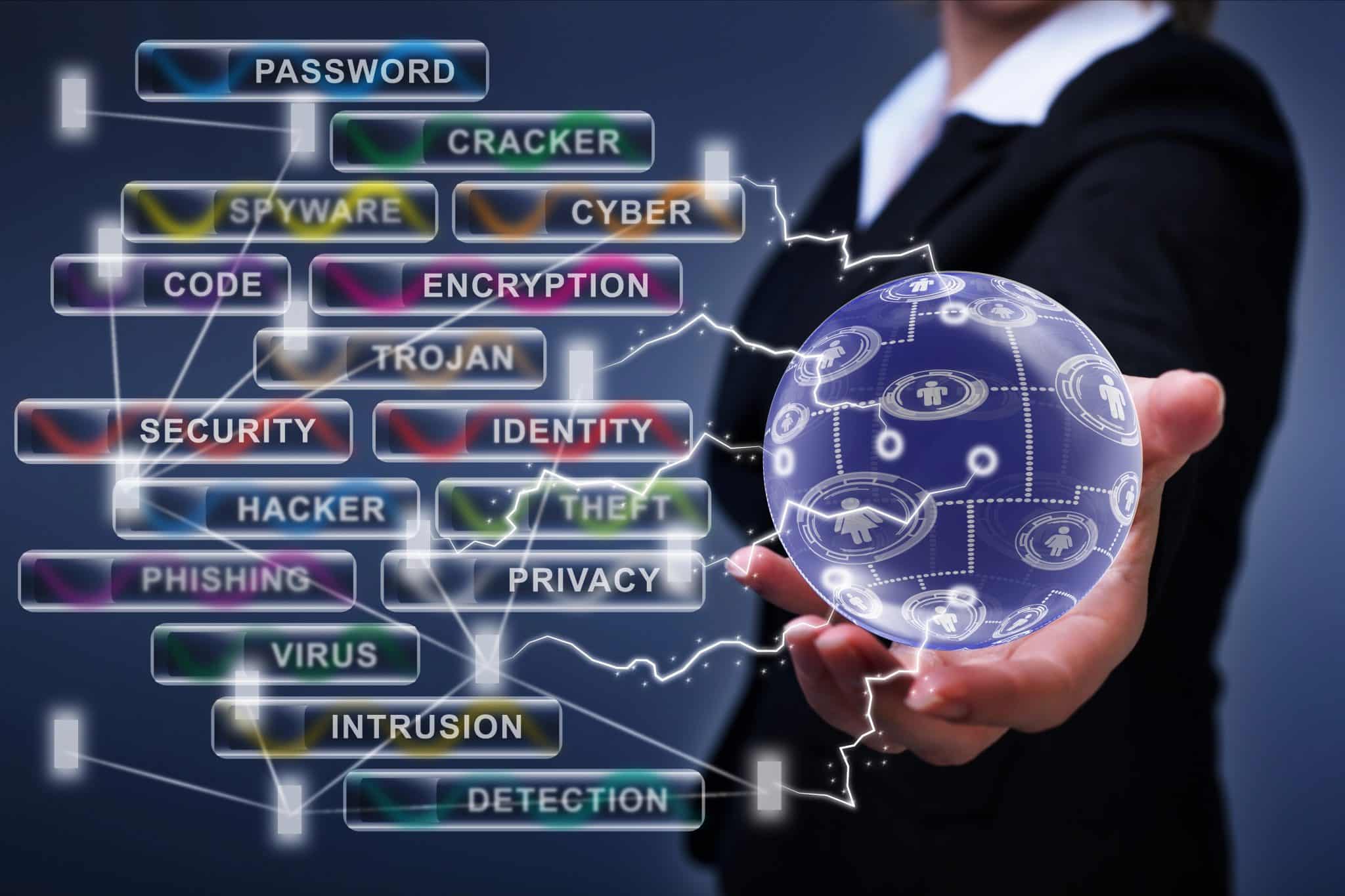You’ll do whatever it takes to make sure your business is protected. After all, it isn’t just your livelihood that’s on the line—you have employees who depend on you as well.
Cyber attacks are threatening an increasing number of businesses. Experts estimate that more than 2,000 cyber attacks occur every day (one every 39 seconds).
Cybersecurity is something that no business owner can afford to ignore.
There are countless threats to your business on the web, but in this guide, we’ll take a closer look at one of the most growing concerns: ransomware.
>What Is Ransomware?Ransomware is a form of malware (short for “malicious software”) that denies access to digital files until a ransom is paid.
There are several types of ransomware:
- Encryptors encrypt files and other data, turning it into unreadable symbols. A decryption key is required to access it.
- Locker ransomware prevents you from accessing your device entirely.
- Scareware uses pop-ups to trick users into thinking there is something wrong with their system or that illegal activity has been detected. The ransomware operators (who sometimes pose as law enforcement agencies) then charge the victims to “fix” the (nonexistent) problem.
- Doxware or Leakware threatens to leak sensitive information online, such as credit card numbers, medical information, and more.
Hackers may use any of these or they may combine ransomware variants. For example, they may encrypt your files as well as threaten to leak the sensitive information they uncovered. This is known as double extortion ransomware.

IT Questions? Reach Out Today To Chat About Your Company & Project
Who Does Ransomware Target?
There is a misconception that only high-profile companies can be the victims of a ransomware attack, but nothing could be further from the truth.
The reality is that any individual, organization, or business can be the victim of a cybercrime—from Fortune 500 companies to “mom-and-pop” shops. In fact, smaller businesses tend to receive the lion’s share of attacks, as ransomware operators assume (often correctly) that they lack the proper security measures.
It’s the cyber equivalent of a house with its doors left unlocked.

How Do Ransomware Attacks Work?
It doesn’t take a technological mastermind to hack into a victim’s computer. In many cases, malware is sold on the dark web by someone offering ransomware as a service (RaaS).
The attack begins when your system is infected. This can happen in one of three ways: vulnerable systems, deception (you click on an infected link or visit an infected website), or rogue employees.
In many cases, victims are unaware that they are being targeted until they are unable to use their device or gain access to their important data.
Finally, you are hit with a ransom demand. Unlike the movies, this isn’t a garbled, untraceable phone call or a ransom note cut from newspaper clippings. Instead, it’s often a digital message or pop-up asking for payment (typically in the form of Bitcoin or another crypto currency) in exchange for the decryption key.
Should I Pay a Ransomware Attack?
It sounds like the easiest solution to your plight, but experts (including the FBI) say to never pay ransomware demands.
Paying ransom money only encourages the cyber criminals to attack others or even attack you again! There is also no guarantee that they will actually hand over the private key after you pay the money. According to research, only 8% of companies who pay the ransom get back all of their data.
But just because it’s “the right thing to do” doesn’t mean that there won’t be consequences.
Ransomware recovery is extremely costly (over $150,000 in most cases) and it takes a lot of digital sleuthing to identify and remove the malware, not to mention beefing up your security to prevent future attacks.
How To Prevent a Ransomware Infection
Whether or not you’ve been targeted in the past, prevention is the single most important step in the fight against cybercrime.
First, educate your employees about the dangers of ransomware and how it infects systems. Implement policies about how to treat suspicious links and how to recognize websites that may be threats.
Next, make sure you perform regular data backups so that you can still access your files if they are encrypted. Keep in mind, however, that ransomware can also attack your backup files. This is where cyber security comes in.
A robust cyber security network is more than just antivirus software and a firewall. Keeping your business safe from attack requires near-constant monitoring and proactive updates to make sure you’re safe from attack.
Unless you have hundreds of thousands of dollars (and months of free time!) to spend on recovery efforts, good security is mandatory.
Stay Protected
Ransomware is a terrifying threat to any business, but with Wolff Logics, you don’t have to worry.
Our cyber security services combine the latest technology with dedicated attention to your files through Managed IT. Manged IT means that we keep our eyes on your security so you can focus on taking care of business.
Outsourcing your IT is not only safer, but it’s also a more economical way to ensure that you have the best protection available. Contact us today to see how we can help you set up a security system that works.





